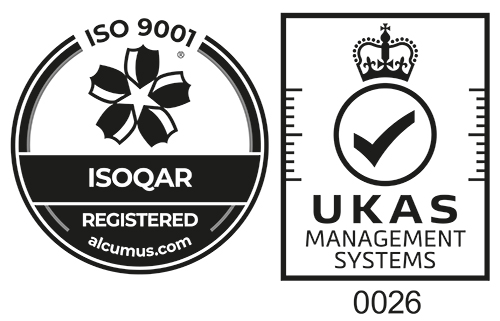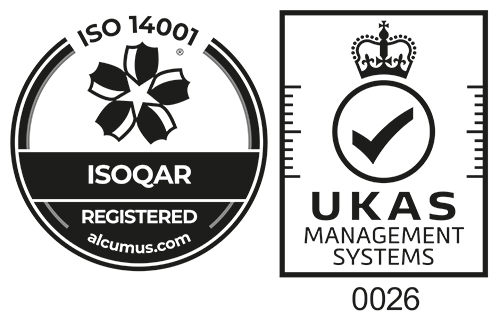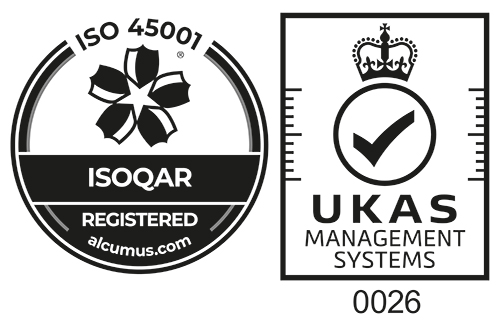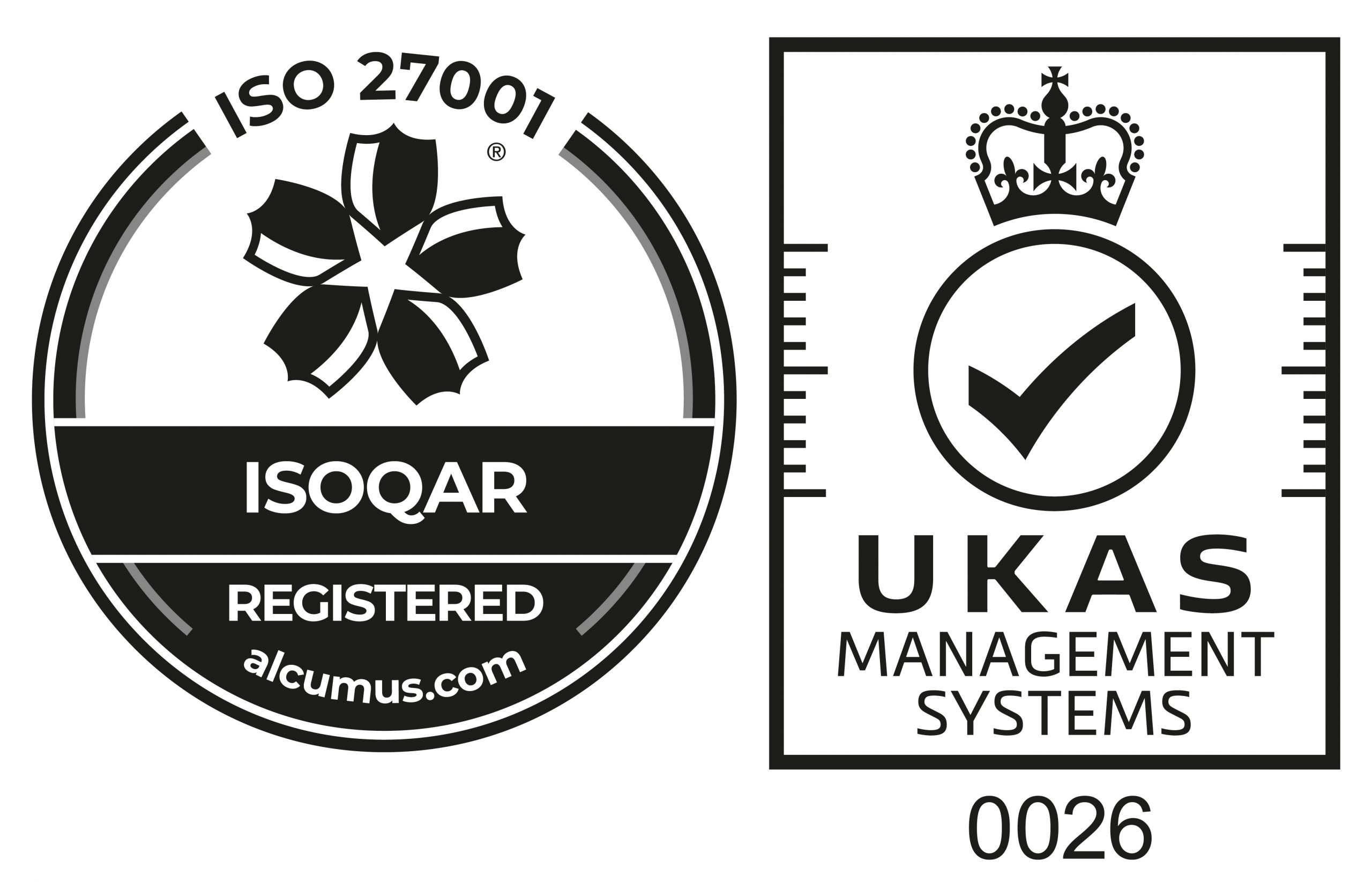Construction sites are notoriously dangerous places to work on if health and safety rules are not respected. That’s why it is all the more important to ![]() ensure the team participates in your company’s safety program, and does all it can to minimise hazards to mitigate site injuries. Here are our top 10 Mosaic tips for reducing accidents and injuries on your construction sites, through maintaining a competent workforce and making safety a priority for your entire team.
ensure the team participates in your company’s safety program, and does all it can to minimise hazards to mitigate site injuries. Here are our top 10 Mosaic tips for reducing accidents and injuries on your construction sites, through maintaining a competent workforce and making safety a priority for your entire team.

Principal contractors obviously have a legally binding duty of care to their workforce, whether they are employees or contractors. It is undoubtedly their responsibility to ensure they have the necessary skills, knowledge, training and experience to do the job safely and without putting their own or others’ health and safety at risk. It is also in their interest to ensure their workforce is both efficient and safety conscious from a profitability and operational perspective. So here are our Mosaic top 10 to support you in achieving this objective.
-
Set out your health & safety expectations
Planning safety is as critical as executing it. Many contractors have written safety programs. While they may be very comprehensive, the day-to-day implementation of those programs gets back to performance (or non-performance) by the competent person or persons (supervisors / management). Support your staff with intelligent digital systems that eradicate paperwork, freeing them up to better manage staff.
[vc_video link=”https://www.youtube.com/watch?v=tbpBu__mY9Q&t=28s” el_width=”60″ align=”center”]
-
Plan your site inductions
The benefits of comprehensive health and safety training in a construction environment are many, providing both benefits for the employer, but more importantly, for the employee. Initially spending a short time discussing health and safety matters during an employee induction is the best first step towards maintaining a low accident rate and keeping lost man hours through sickness and injury to a minimum. Insurance companies look preferably towards employers who take health and safety matters seriously and premium rates will often reflect this.
The CDM regulations require that principal contractors ensure suitable site inductions are provided. They also require that contractors must provide each worker under their control with appropriate supervision, instructions and information so that construction work can be carried out, so far as is reasonably practicable, without risks to health and safety, and that this must include a suitable site induction, where not already provided by the principal contractor.
Construction companies these days have the option to deliver their inductions both on-line and off-line. In our experience, some chose a blended approach of the two. This ensures engagement is really delivered to the workforce twofold, with great effect.
[vc_video link=”https://www.youtube.com/watch?v=0OPQUmy47OI” el_width=”60″ align=”center”]
-
Check qualifications and cards
All workers on construction sites must hold the correct qualifications and training for the type of work they carry out. Increasingly so employers need to be confident that if they are shown a card it is legitimate and that the person showing it has the appropriate qualifications to be carrying out their job onsite.
-
Ensure access and exit to the site is checked
We are continually lobbying the industry to carry out electronic card checks as mandatory before allowing workers on site. From a recent CSCS survey half of the workers on their membership said their cards were checked the first time they went on site, but no much thereafter. One in five of those responsible for checking came stated that they came across a fake card. Access also needs to be regulated should a worker have a site bans for one reason or another.
[vc_video link=”https://www.youtube.com/watch?v=bp2YUFRR7bY” el_width=”60″ align=”center”]
-
Is the worker fit for work?
This is a serious question! Many contractors, suppliers and clients of the industry undertake rigorous and regular measures to tackle this issue including zero tolerance to drugs and alcohol, random testing, providing information on drugs and alcohol through toolbox talks, site inductions and resources such as on-site posters.
-
Monitor worker fatigue
Construction work involves high-risk activities. To work safely, construction workers must be physically and mentally alert. This means that fatigue is a potential risk. Employers and employees have a responsibility to manage fatigue in the workplace.
Over 3.5 million people in the UK are shift workers, including in the construction industry. There is no specific legislation for shift work but employers are responsible for the health and safety of workers and this includes reducing the risk of fatigue by planning shift work schedules effectively. This, in turn, reduces risks associated with fatigue and can prevent ill health, injuries and/or accidents.
[vc_video link=”https://www.youtube.com/watch?v=lOpZ62bmziw” el_width=”60″ align=”center”]
-
Plan regular toolbox talks
To ensure effective toolbox talks, you will need to ensure that all workers participate and are engaged in the toolbox talk. Knowing and understanding the material delivered is really important too, thus ensuring good delivery. Toolbox talks can be time consuming as just gathering the workforce round to listen someone before the start of day’s work can affect productivity. Hence the aim is to be informal and supervisors can get certain members of the workforce to gather around during their rounds. This also allows for tailored messages to different trade to be delivered.
[vc_video link=”https://www.youtube.com/watch?v=OPmoSq5vOLc&t=4s” el_width=”60″ align=”center”]
-
Ensure systems in place for tool allocation, inventory, PPE distribution and asset inspections
Along with proper safety gear, workers should be required to wear reflective vests to reduce the risk of accidents. Ensure these have been distributed to all your employees and contractors alike. In addition correct policing of tools and plant equipment will help reduce theft but also stop workers without correct ‘tickets’ using equipment. A proper system for asset inspection and maintenance should be in place at all times.
[vc_video link=”https://www.youtube.com/watch?v=bhWqVsJbhEc” el_width=”60″ align=”center”]
-
Invest in workforce training
At Mosaic, we understand that simply holding a record of employee qualifications, licences and training courses is insufficient in the current working environment. You need to see your workers develop, lead and improve upon their skillset.
You need piece of mind to know that your workforce can deliver in the way that is safe and productive. By using situational judgement testing you will become more aware and be able to highlight skills and knowledge gaps and expose employee behaviour that may pose a risk to regulatory compliance, best practice, health and safety or even competitiveness in your organisation.
[vc_video link=”https://www.youtube.com/watch?v=2Sbs_t_dJ8Y&t=6s” el_width=”60″ align=”center”]
-
Ongoing delivery development
Don’t just rest on your laurels!
This is an ongoing process that needs to be repeat on every project / site and learnings shared between key colleagues from one project to the next.
Mosaic is used by the biggest names in the construction industry to manage a range of safety critical and competency issues on major infrastructure sites and projects. Indeed, Mosaic is sometimes mandated by companies due to the significant role it plays in reducing site health and safety issues, security, improved productivity and time saved.
To read more about us and the services we offer to the construction industry please click here








